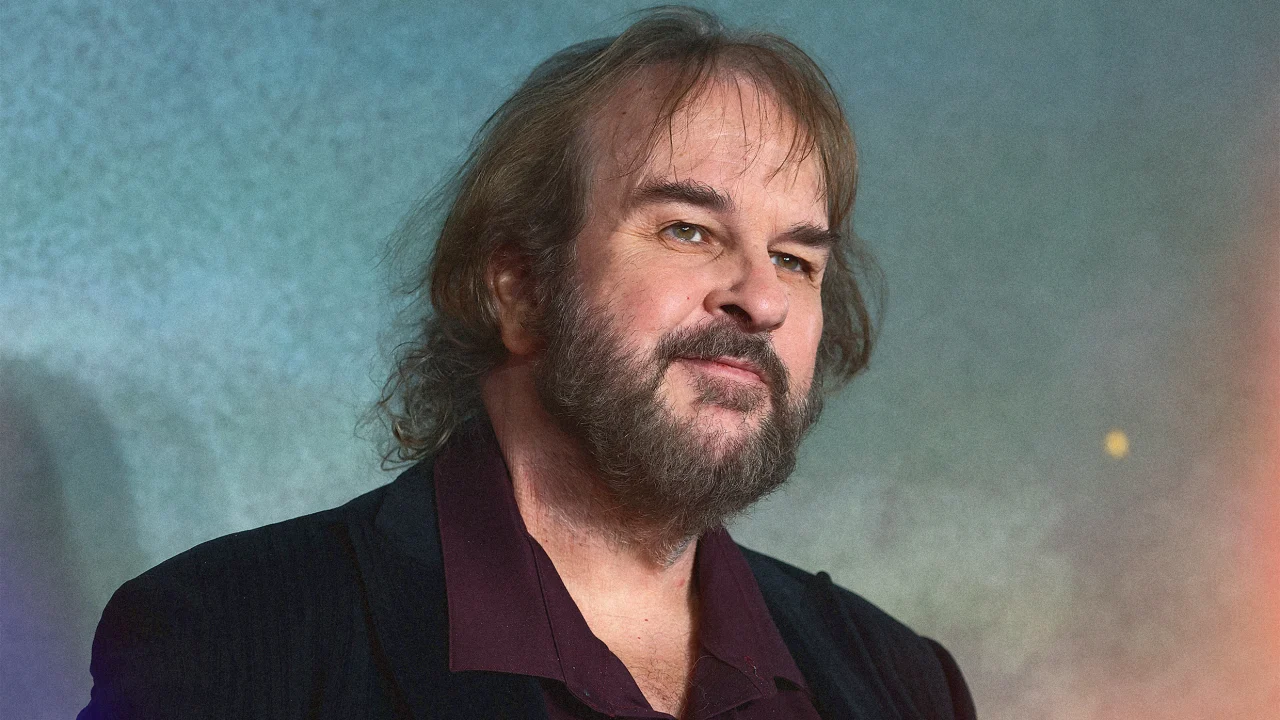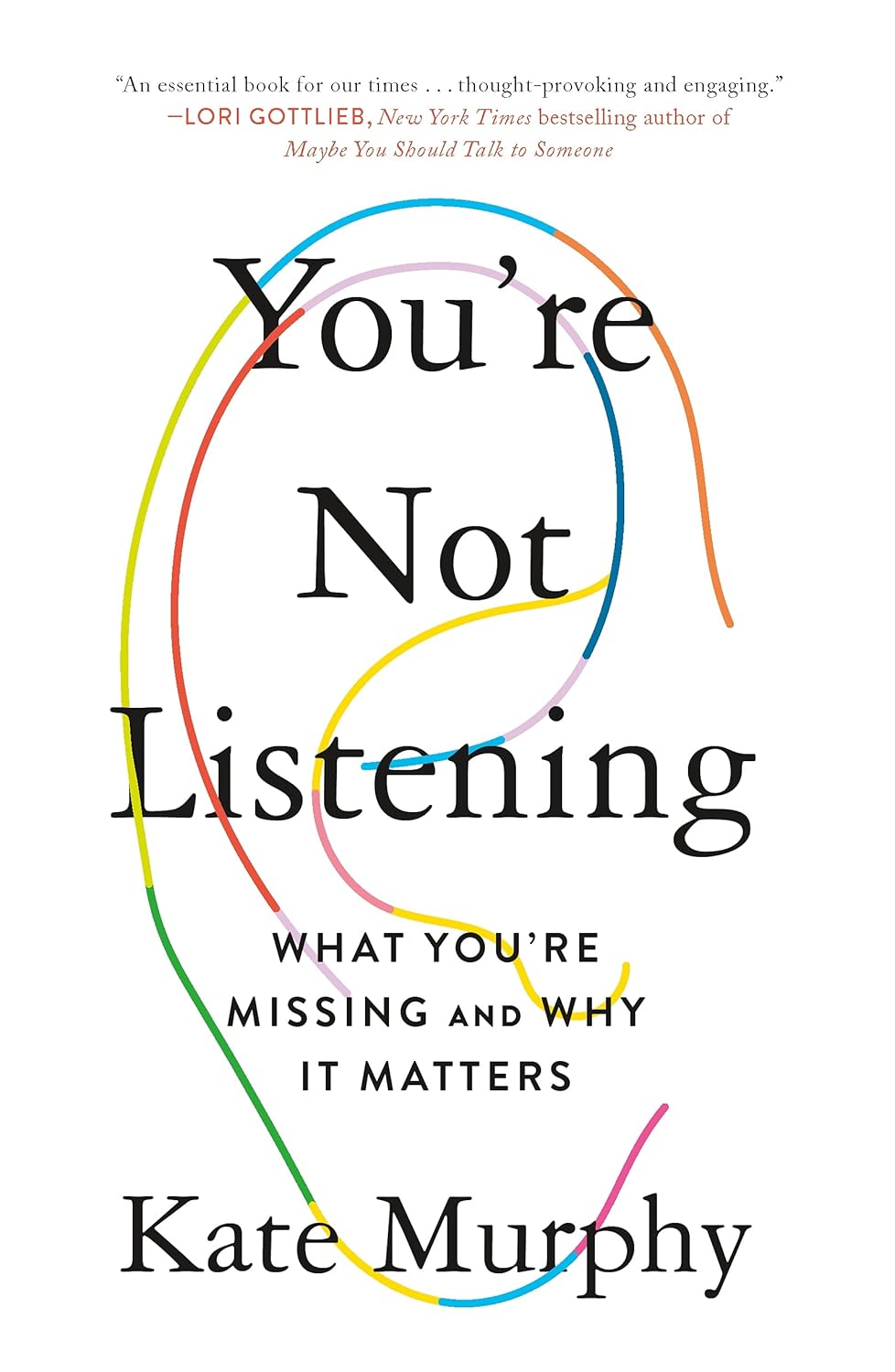‘Lord of the Rings’ director Peter Jackson on the storytelling potential of Colossal Biosciences
At first glance, the pairing of Oscar-winning filmmaker Peter Jackson and Colossal Biosciences founder and CEO Ben Lamm is a bit odd. When it’s onstage at the world’s largest gathering of brands and marketers, it gets even more confusing. But Jackson has been a major investor in Colossal since last year, and he and Lamm were at the Cannes Lions Festival of Creativity to talk to Chaka Sobhani, president and global chief creative officer at ad agency DDB Worldwide, for a conversation that aimed to find common ground in the creative challenge between Middle Earth and IRL. Colossal, of course, made headlines in April for revealing its first de-extinction project, reintroducing the world’s first dire wolf in 10,000 years. After the stage presentation, Jackson told Fast Company that Colossal has significant storytelling potential, particularly in sparking interest and engagement on issues like environmental conservation. “It’s stimulating curiosity, that’s the most important thing,” says Jackson. I grew up imagining all sorts of things, imagining flying cars, imagining a woolly mammoth. And the phones, social media, and everything else have the danger of deadening imagination. And so I think that this is an opportunity.” Jackson has had some significant input in how Colossal tells its stories. Lamm says that just before the dire wolf announcement, Jackson had a suggestion: “He told me, ‘When you announce this, you need to show the world the dire wolf howls, because it’s the first time in 10,000 years anyone’s ever heard that.’ That just made it so much better.” Lamm says Jackson is an active investor. The director and his wife Fran Walsh invested $10 million into the company in October 2024. “Peter gives us a lot of advice,” says Lamm. “Peter connects us to a lot of people in the world, including George RR Martin. Even though he didn’t make dire wolves, he made them famous. Peter actually wants to be involved. It’s not about writing a check and then move on to the next deal. They’re true partners.” Jackson believes the real power is in the company’s potential impact on conservation. “It’s not just de-extinction, which is obviously exciting, but it’s also conservation,” says Jackson. “It’s saving species that are really endangered now, and using the technology that these guys have developed to create a larger gene pool, for example, the white rhino. There’s only two left.” The most common criticism Jackson hears about Colossal is that it should be spending its time and research on currently endangered species instead of de-extinction. “Well, you can actually do both,” he says. Both Lamm and Jackson say the de-extinction projects are what get people excited and interested in everything else the company does. Come for the dire wolf, stay for the red wolf. In April, Lamm told the Most Innovative Companies podcast that Colossal had cloned four red wolves that will be able to join the 15 left on earth. “The red wolf project, to me, is as magical as the dire wolf,” he said. Though sometimes even Jackson gets nervous. “I was nervous about the woolly mouse,” he says. The company spent 2.5 years editing mammoth genes, then applied its work to mice rather than trying to create a creature that has been extinct for thousands of years. “It’s an important part of their research on the way to a mammoth, but I was saying, ‘Do you really want to release it to the public?’ Because it could play to people’s idea of genetic engineering. It’s like your Frankenstein. I was nervous about that.” Lamm says the point of the woolly mice was to transparently show the process toward a full woolly mammoth. It’s not taking woolly mammoth genes with 200 million years of genetic divergence and ramming it into a mouse. This is part of a gradual road map. “Peter brought his concerns to me, but we just feel that if we’re doing radical things, we still need to be radically transparent,” says Lamm. “To Peter’s point, while some people could be like, ‘Oh, why are they making woolly mice?’ We thought it was important to educate the public on this is the process of science, and this is also how we ethically get to a mammoth.”

At first glance, the pairing of Oscar-winning filmmaker Peter Jackson and Colossal Biosciences founder and CEO Ben Lamm is a bit odd. When it’s onstage at the world’s largest gathering of brands and marketers, it gets even more confusing.
But Jackson has been a major investor in Colossal since last year, and he and Lamm were at the Cannes Lions Festival of Creativity to talk to Chaka Sobhani, president and global chief creative officer at ad agency DDB Worldwide, for a conversation that aimed to find common ground in the creative challenge between Middle Earth and IRL.
Colossal, of course, made headlines in April for revealing its first de-extinction project, reintroducing the world’s first dire wolf in 10,000 years. After the stage presentation, Jackson told Fast Company that Colossal has significant storytelling potential, particularly in sparking interest and engagement on issues like environmental conservation.
“It’s stimulating curiosity, that’s the most important thing,” says Jackson. I grew up imagining all sorts of things, imagining flying cars, imagining a woolly mammoth. And the phones, social media, and everything else have the danger of deadening imagination. And so I think that this is an opportunity.”
Jackson has had some significant input in how Colossal tells its stories. Lamm says that just before the dire wolf announcement, Jackson had a suggestion: “He told me, ‘When you announce this, you need to show the world the dire wolf howls, because it’s the first time in 10,000 years anyone’s ever heard that.’ That just made it so much better.”
Lamm says Jackson is an active investor. The director and his wife Fran Walsh invested $10 million into the company in October 2024. “Peter gives us a lot of advice,” says Lamm. “Peter connects us to a lot of people in the world, including George RR Martin. Even though he didn’t make dire wolves, he made them famous. Peter actually wants to be involved. It’s not about writing a check and then move on to the next deal. They’re true partners.”
Jackson believes the real power is in the company’s potential impact on conservation. “It’s not just de-extinction, which is obviously exciting, but it’s also conservation,” says Jackson. “It’s saving species that are really endangered now, and using the technology that these guys have developed to create a larger gene pool, for example, the white rhino. There’s only two left.”
The most common criticism Jackson hears about Colossal is that it should be spending its time and research on currently endangered species instead of de-extinction. “Well, you can actually do both,” he says.
Both Lamm and Jackson say the de-extinction projects are what get people excited and interested in everything else the company does. Come for the dire wolf, stay for the red wolf. In April, Lamm told the Most Innovative Companies podcast that Colossal had cloned four red wolves that will be able to join the 15 left on earth. “The red wolf project, to me, is as magical as the dire wolf,” he said.
Though sometimes even Jackson gets nervous.
“I was nervous about the woolly mouse,” he says. The company spent 2.5 years editing mammoth genes, then applied its work to mice rather than trying to create a creature that has been extinct for thousands of years. “It’s an important part of their research on the way to a mammoth, but I was saying, ‘Do you really want to release it to the public?’ Because it could play to people’s idea of genetic engineering. It’s like your Frankenstein. I was nervous about that.”
Lamm says the point of the woolly mice was to transparently show the process toward a full woolly mammoth. It’s not taking woolly mammoth genes with 200 million years of genetic divergence and ramming it into a mouse. This is part of a gradual road map.
“Peter brought his concerns to me, but we just feel that if we’re doing radical things, we still need to be radically transparent,” says Lamm. “To Peter’s point, while some people could be like, ‘Oh, why are they making woolly mice?’ We thought it was important to educate the public on this is the process of science, and this is also how we ethically get to a mammoth.”


































































![https //g.co/recover for help [1-866-719-1006]](https://newsquo.com/uploads/images/202506/image_430x256_684949454da3e.jpg)























![How Smart PMs Scale Their Careers in Any Org [TPG Live Recap]](https://tpgblog.com/wp-content/uploads/2025/06/2025-06-12-thumbnail-action.png?#)















































